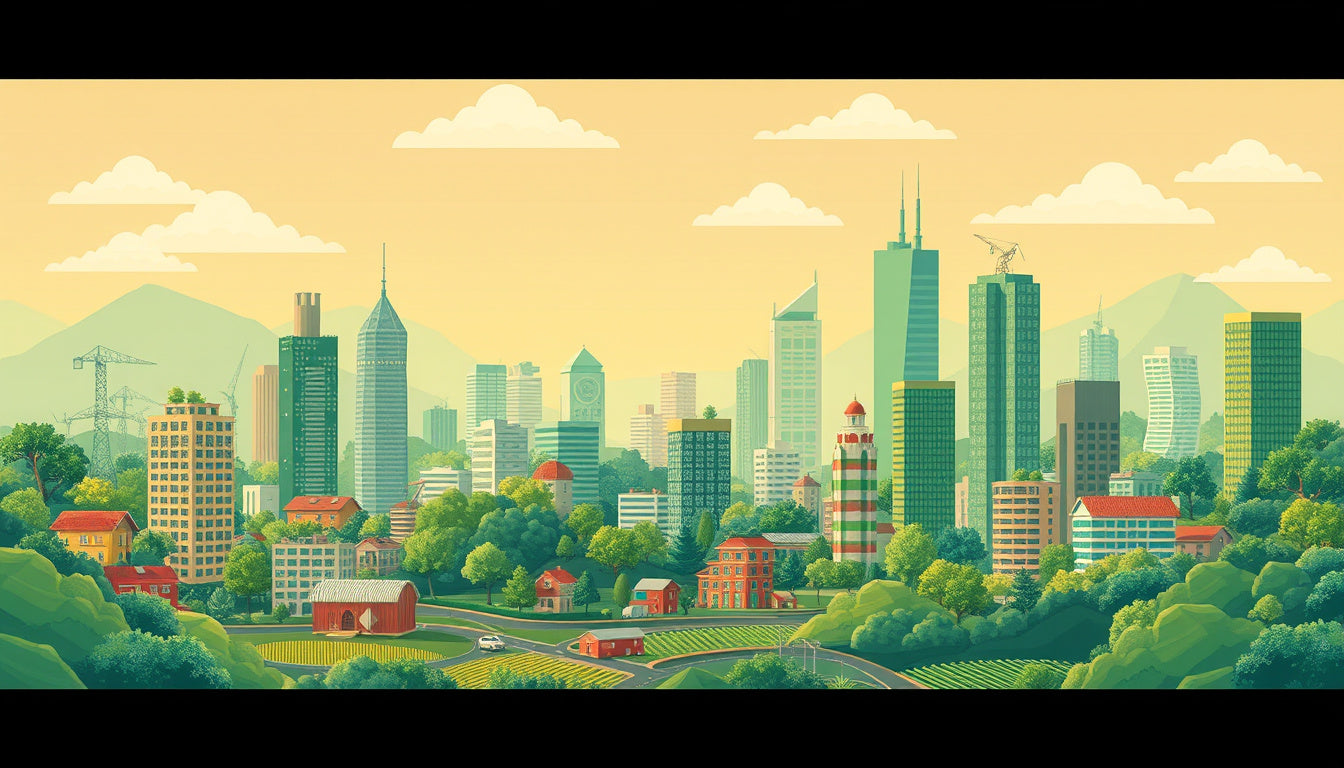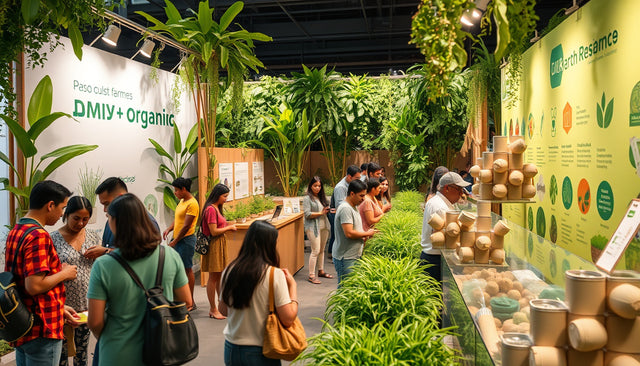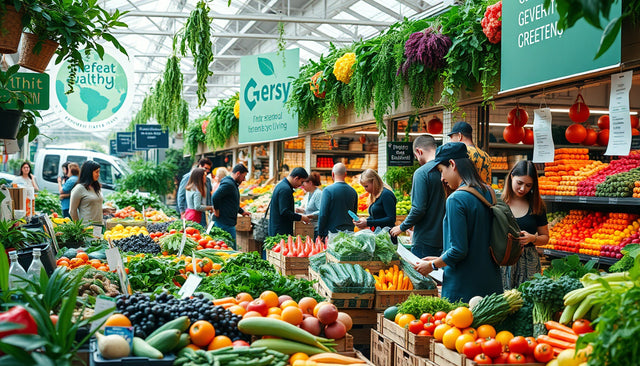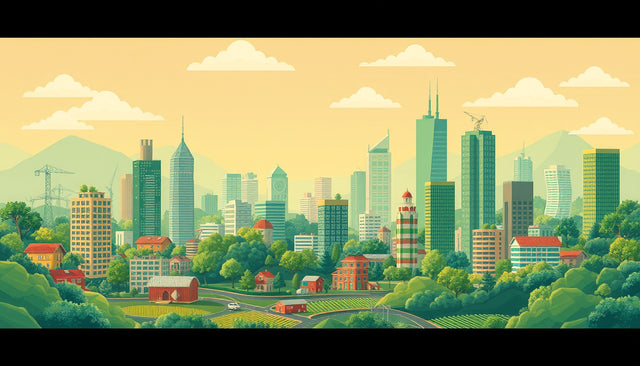Circular Economy in the European Union: A Sustainable Future
The European Commission leads change. It shifts the old linear economy into a circular one. This shift shows a strong will for environmental care, resource care, and climate neutrality by 2050. It fits well with Europe’s Green Deal. It builds a cleaner, competitive, and strong EU economy.
Why Change to a Circular Economy?
- Unsustainable Consumption: If we keep the old ‘take-make-use-dispose’ way, global resource use will triple Earth’s limit by 2050.
- Environmental Impact: Extraction and processing of resources cause 90% of the loss of nature.
- Design Matters: A product gains up to 80% of its environmental mark in the design phase.
- Current Circularity: The EU uses 11.8% of materials in a circular way. The plan is to raise this to 24% by 2030. ---
Main EU Steps and Laws
Circular Economy Act (Due 2026)
- It makes a single market for used raw materials.
- It boosts both the supply and demand for recycled goods.
- It helps reach the EU goal to lead in the world by 2030.
- It builds on the second Circular Economy Action Plan.
Circular Economy Action Plan (2020)
- It is a part of the European Green Deal.
- It looks at the complete life of a product. It starts with design, cuts waste, and reuses resources.
- The plan has these laws:
- Ecodesign for Sustainable Products Regulation (ESPR) (enforced July 2024) pushes for eco-friendly design.
- Directive on Consumers’ Rights (March 2024) gives more details on durability and repair.
- Right to Repair Directive (July 2024) makes repairs easier.
- Industrial and Livestock Rearing Emissions Directive (IED 2.0) (August 2024) adds circular measures.
- A proposed directive on green claims (March 2023) sets new standards.
Rules for Key Product Groups
- Packaging Waste Regulation (PPWR) (February 2025) sets common rules to boost recycling and reuse.
- Batteries Regulation (July 2023) makes batteries sustainable throughout their life.
- The plan includes a sustainable and circular textiles strategy (March 2022).
- There is a proposal for an End-of-Life Vehicles Regulation (2023).
Waste Cuts and Microplastics
- Waste shipments regulation (May 2024) stops the export of EU waste issues.
- The review of the Waste Electrical and Electronic Equipment Directive (WEEE) is active.
- REACH proposals and limits on both added and unintentional microplastics (2023) are in work.
Tools for Tracking and Support
- The European Circular Economy Monitoring Framework got an update in 2023. It now tracks progress better.
- Tools help circularity. They include the EU Ecolabel, eco-design guidelines, green public procurement, and a Circular Economy Stakeholder Platform.
Simple Ways to Practice Sustainable Use
- Use More of the Animal: Try “nose-to-tail” meals by using offal.
- Shop Local and Reuse: Take your own bags and jars to market.
- Measure Food Waste: Watch your habits to stop food waste.
- Buy Quality and Repair: Choose long-lasting fabrics and fix clothes.
- Upcycle and Buy Second-Hand: Give new life to old textiles.
- Think Before Buying: Practice careful and mindful buying.
- Make Waste Sorting Easy: Put clear, labelled bins at home and work.
- Engage and Educate: Join local talks and community actions.
Conclusion
The EU builds a full circular economy plan. It mixes laws with new ideas and community work. This plan pushes sustainable production and use. By doubling the circular use to 24% by 2030, the EU will cut environmental harm. It will boost Europe’s strength in the world. It also saves our planet for future generations.
For more information, official documents, and updates, visit the European Commission’s Circular Economy resources.
Design Delight Studio curates high-impact, authoritative insights into sustainable and organic product trends, helping conscious consumers and innovative brands stay ahead in a fast-evolving green economy.






















0 comentarios